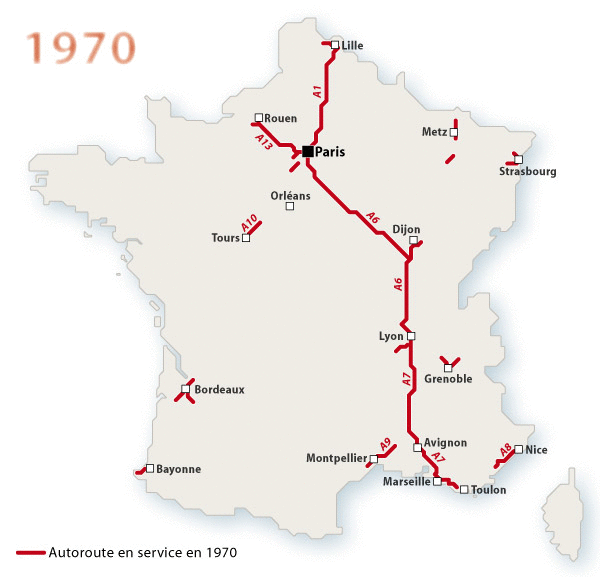Dynamic network analysis (DNA) is an emergent scientific field that brings together traditional social network analysis (SNA), link analysis (LA), social simulation and multi-agent systems (MAS) within network science and network theory. There are two aspects of this field. The first is the statistical analysis of DNA data. The second is the utilization of simulation to address issues of network dynamics. DNA networks vary from traditional social networks in that they are larger, dynamic, multi-mode, multi-plex networks, and may contain varying levels of uncertainty. The main difference of DNA to SNA is that DNA takes interactions of social features conditioning structure and behavior of networks into account. DNA is tied to temporal analysis but temporal analysis is not necessarily tied to DNA, as changes in networks sometimes result from external factors which are independent of social features found in networks.
 |
|
| There are three main features to dynamic network analysis that distinguish it from standard network analysis. First, rather than just using networks, DNA looks at meta-networks. Second, agent-based modeling and other forms of simulations are often used to explore how networks evolve and adapt as well as the impact of interventions on those networks. Third, the links in the network are not binary; in fact, in many cases they represent the probability that there is a link.
Although transport networks have been widely studied usually has been done from a static perspective. Most of the studies did not consider the reasons why transport infrastructure take a certain configuration. In this video we can see how the german highway system is configurated. |
|
The ‘Network dynamics’ project of SCCS aims to analyze the evolution of transport networks applying an agent-based approach where the agents are the different political decisors in the territory .
|
|
| Pablo-Martí and Sánchez (2017) Improving transportation networks: Effects of population structure and decision making policies · July
A post about the article published in Nada es gratis blog. |
Transportation networks are one of the fundamental tools for human society to work, more so in our globalized world. The importance of a correct, efcient design of a transportation network for a given region or country cannot be overstated. We here study how network design is affected by the geography of the towns or nuclei to be connected, and also by the decision process necessary to choose which connections should be improved (in a generic sense) frst. We begin by establishing that Delaunay networks provide an efcient starting point for the network design and at the same time allow us to introduce a computationally amenable model. Subsequent improvements lead to decentralized designs in geographies where towns are more or less homogeneously distributed, whereas radial designs arise when there is a core-periphery distribution of nodes. We also show that optimization of Delaunay networks outperforms that of complete networks at a lower cost, by allowing for a proper selection of the links to improve. In closing, we draw conclusions relevant to policy making applied to designing transportation networks and point our how our study can be useful to identify mechanisms relevant to the historical development of a region. |
| The incidence of the choice of Madrid as capital on the design of the Spanish road network
|
|
| Complex networks to understand the past: the case of the roads in the Borbonic Spain (1700 – 1850 ) | |


